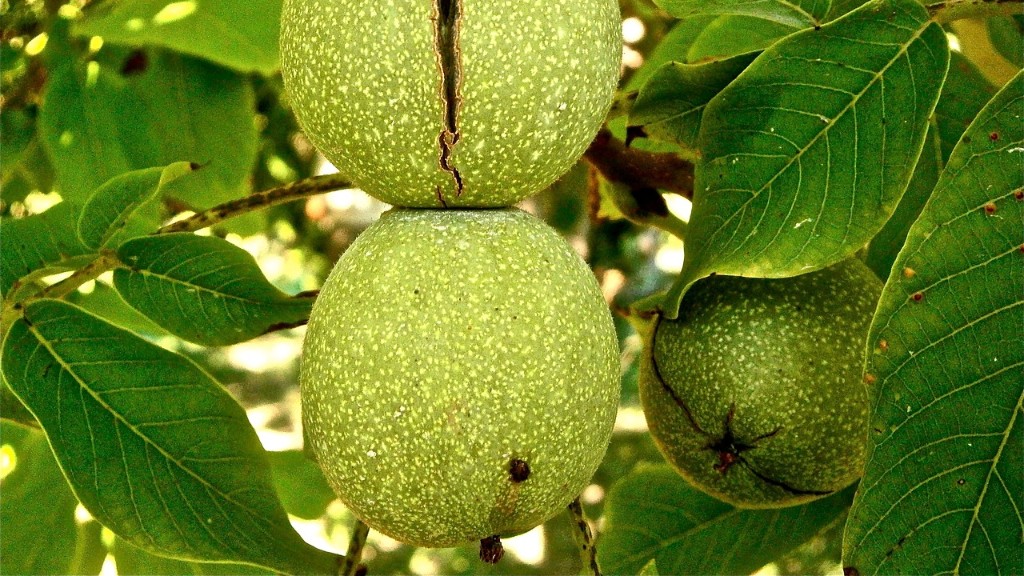Growing a seedless lemon tree is a rewarding experience. If done correctly, it can lead to a bountiful crop of lemons every season. Here’s how to get started:
1. Pick a good location. As much as possible, select an area with plenty of sunlight. Avoid places with heavy winds and harsh snowfall. Also, look for a spot that has sufficient space and is not too close to other trees.
2. Get appropriate soil. Good soil is essential to a healthy tree. The type and quality of soil differ depending on the species of lemon tree but generally speaking, citrus trees thrive in a sandy-clay loam. Use a fertilizer specifically designed for citrus trees that has nitrogen, potassium, and phosphorous.
3. Plant the tree. With the root ball exposed, suspend the tree between two stout stakes and ensure that the tree is secure. Fill the bottom of the hole with one-third of soil. Next, mulch the roots with the remaining soil, occasionally packing the earth with your hands.
4. Water the tree. Keep the soil moist for the first seven to ten days to help the tree nurture its new root system. During this time, be generous but do not overwater to avoid root rot, fungus, and nutrient imbalance.
5. Prune, fertilize and mulch as needed. Prune yourtree as needed in late winter or early summer to maintain size, shape, and health. Add mulch to the area around the tree to keep soil moist and cool andsuppress weeds. Fertilize your tree in the late winter or early spring to increase fruit production.
Seedless Lemon Tree Growth Requirements
Proper growth of your seedless lemon tree is important to get the production of quality lemons.Here are the essential requirements you need to consider when growing a thriving lemon tree:
1. Temperature: Citrus trees grow best in areas with mildwinter temperatures which range from 25°F to 34°F and avoid freezing temperatures which can cause fruit drop, damaged leaves and twigs. In hotter climates, provide shade for your tree.
2. Sunlight: Seedless lemon trees require six to eight hours of direct sunlight a day to produce fruit. Without ample sunlight, you’ll get few flowers to turn into fruit. Avoid planting in shade or even partial shade when possible.
3. Air circulation: To avoid fungal diseases, good air circulation is necessary. Prune and thin the canopy so air can circulate freely. Avoid planting too close to other trees, since this can cause an overly humid environmentfor your lemon trees.
4. Humidity: An ideal relative humidity ranges from 40% to 50%. Planting near a water source will go a long way to maintaining healthy humidity levels. Use a humidifier to regulate humidity during the winter months.
5. Soil: Citrus trees grows best in soil with a pH range of 6-7. To maintain theseideal pH levels, use soil additives like sulfur, peat, or gypsum. Do not overfertilize your lemon tree as this can lead to nutrient imbalance and infection.
How to Prune a Seedless Lemon Tree
Pruning is a critical part of growing a successful seedless lemon tree. Here’s how to prune a lemon tree:
1. Remove dead branches first. Lemon trees typically live for around 20 years, meaning thorough pruning becomes essential.Discard any dead, dying or diseased branches first. This will help the tree develop a healthy canopy and stimulate new growth.
2. Cut off overly long branches. Prune any branches that are growing downwards. This will help ensure that all the sunshine is going towards the higher branches only. This will result in more fruitsetting on the tree.
3. Shorten the ends of branches. Shorten the ends of all the branches to help improve floral and fruit production. This also helps prevent crowdingof the leaves.
4. Remove water sprouts. To get a good balance of leaf growth, prune out any water sprouts, which look like small branches growing straight up. These are a result of too much pruning and can take away resources from the main limbs of the tree.
5. Disinfect tools after each use. To avoid spread of infection, disinfect your pruning tools after each use. Use rubbing alcohol or soap and water solution and wash them thoroughly before storing them away.
How to Maintain a Seedless Lemon Tree
Caring for your seedless lemon tree requires vigilance and dedicated effort.Here are some essential maintenance tips that you should follow:
1. Water regularly.Lemon trees should be watered regularly and sufficiently during the growing season. Depending on the soil, water the tree once a week during hot summer months and increase to two or three times a week if underneath drought stress.
2. Mulch the soil. Place mulch around the tree to help keep weeds away and help the soil retain moisture. Mulch also breaks down, adding nutrients to the soil. If your tree is young, add an organic nitrogen-rich mulch to help nourish the tree.
3. Watch out for pests. Monitor your tree regularly for any pests such as aphids, scales, and whiteflies that can take away resources from the tree. Use some insecticidal soap or neem oil if necessary or contact your local county extension office for advice on eco-friendly ways to eradicate any pests.
4. Add fertilizer. The right fertilizer promotes flowering and fruiting of the tree. Use a fertilizer specifically designed for citrus trees that has nitrogen, potassium, and phosphorous. Avoid over-fertilizing as this can lead to nutrient imbalance and eventual death of the tree.
5. Reduce competition. Good soil and sunlight are essential for the health of your tree. Whenever possible, remove any competing plants to remove any competition for resources.
How to Use the Seedless Lemons from the Tree
Once your tree starts producing fruits, you’ll need to know how to make good use of them. Here are some tips to make the most of your seedless lemons:
1. Harvest in stages. For the best yield, harvest in stages. Start picking when the lemons first show color change and continue to harvest regularlywhile the tree is producing fruits.
2. Clean the fruit. Thoroughly rinse the lemons with clean water right before using them to remove any dust or residue. You can also spray the outside of the fruit with a mixture of mild soap and water if you notice a lot of pests or insects on the tree.
3. Use them in cooking. Seedless lemons are great for salads and baked goods. The lemon juice can also be used for marinating your favourite meats. Freeze the juice for later use too.
4. Use them for beauty treatments. Lemon extracts are a great natural ingredient for DIY beauty treatments such as face masks and scrubs. The lemon juice can also be used to lighten the skin.
5. Distributefor sale.You can sell thelemons at a farmer’s market or from your front yard.This is a great way to earn additional income and spread the joy of fresh seedless lemons in your community.



